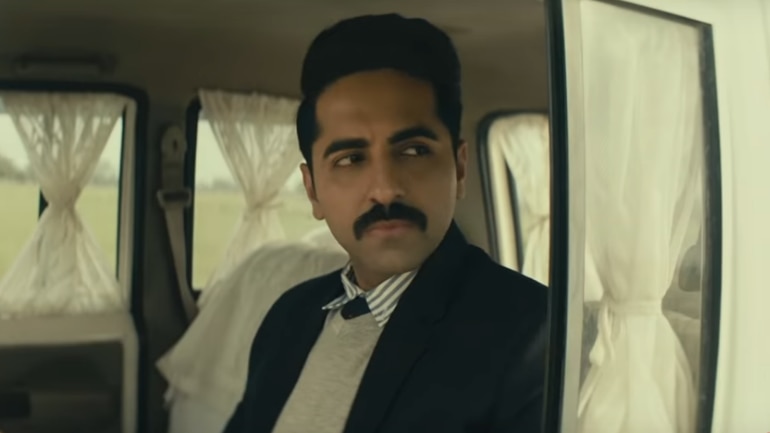Cast: Ayushmann Khurrana, Manoj Pahwa, Kumud Mishra, Isha Talwar, Sayani Gupta, Mohammed Zeeshan Ayyub, Nassar
Director: Anubhav Sinha
Verdict: A slow paced critique of the cast system – must watch for your friend who is still bitter over university reservations
Article 15 is the story of a young, foreign-educated, upper caste IPS officer’s posting in a village, where his first case is to find justice for three Dalit women, two of whom are murdered and one missing. This whodunit unfolds gruesome violence at the backdrop of deep-rooted caste disparities in rural India.
As Ayan Ranjan (Ayushmann Khurrana) settles in his new government job in Lalgaon police station, far from pollution of Delhi, he is confronted with the beauty of the green Indian countryside contrasted with its dirty details of everyday violence. The new boss is welcomed by local police staff, who willingly give in to the unquestioned authority that Ayan’s uniform accords him.
However, it is clear that Ayan is an outsider, ignorant to the realities and politics of Lalgaon and will largely depend on the local staff’s experience and expertise. This tension in Ayan’s prescribed and actual authority is reflected through his phone conversations with his wife Aditi (Isha Talwar), where he often opens up about his confusions and nervousness.
Ayan sits in his white government car looking polished with his waxed hair, crisp clothes, stylish sun-glasses. His image is clean and civilized. On the other hand, the picture of Lalgaon is grim and grey. The opening shows a rainy village where a group of poor villagers, in dirty clothes, sing songs comparing their poverty with the privileges of the rich, “Kahab tog lag jayi dhak se” (If we say it, then you won’t like it).
The film employs tropes of grotesque and horrific scenes. Close up scenes of bodies of dead women hung on a tree, blood and flesh of dead animals, sewers and gutters, garbage, stink; along with agonizing background score build an uncomfortable image of contemporary India, which is perhaps not yet as swachh as we would like it to be.
The film builds on this contrast, reminding us that Ayan is an outsider, a privileged traveler on his journey to poor rural India; not very different from “Lord Mountbatten from page 7”, as Aditi teases him. While it is great that Ayan resolves to fight the system to do what is right and just, the film reminds us of his privilege, as his staff says “sir aap ka toh bas transfer hota hai, hamein yahi rehna hai, hum mare jate hai” (Sir, you people only get transferred, we live here – we are killed).
Article 15 critiques the us and them narrative on which the caste system is built. It does this through several powerful dialogues, like when Ayan gets tired of his staff’s excuses for discriminatory status quo and asks “kaun, yeh log?” (who is “them”?). Ayan shares food with lower castes and jumps into gutters himself. Through this the film challenges status quo or “santulan” of a world which justifies inequality in the name of balance.
The true mark of this film’s mainstream character is its position on the constitution – treating it as sacred and the nation as divine. Ayan challenges the balance of caste inequalities but his nationalism is unaffected. It is clear that Ayan is working towards change from within the system. In contrast is Nishad (Zeshaan Ayyub), a Dalit Ambedkarite activist, who challenges the system itself.
While the film’s nationalistic stance is disappointing, it does a good job of humanizing Nishad’s character. This is done through his love story with Gaura (Sayani Gupta), the only Dalit female in the film who is not a victim but is in fact strong and fearless. Through this the film creates an alternative narrative for several Dalit revolutionaries who have been declared security risks and have died fighting this fight – echoed in Nishad’s last words before being killed “hum akhri thori na hai” (I am not the last one).
Article 15 is an important watch but its slow pace and clumsy detailing of the murder suspense often becomes hard to follow. The social commentary gets its politics right but is weakened with the film’s attempt to unpack too many the layers at once (caste, religion, politics, gender). Ayan’s character lacks depth and Aditi’s conceptual debates end up serving only as a failed attempt fill this gap. Finally, it would have been great to see more of Gaura and Nishad – maybe in another movie, another time?
